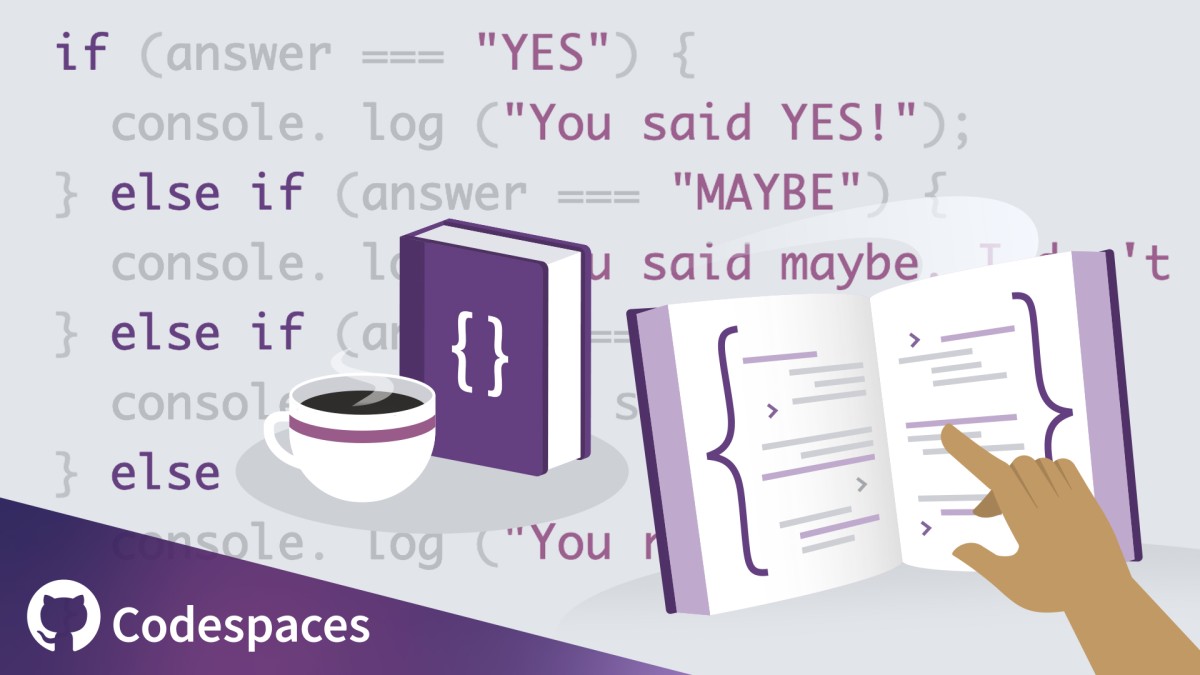With more of us now relying on the internet for our financial activities like banking and online payments, the risk of being a target to cybercriminals has heightened considerably. Fortunately, there are robust tools, such as Kaspersky Internet Security, which we can use to safeguard our online activities. This post will dive into one unique feature that Kaspersky offers – the Protected Browser mode.
Protected Browser – An Explanation
The Protected Browser mode is a feature offered by Kaspersky Internet Security to guard your online financial transactions. When you open your online payment systems or banking sites, Kaspersky Internet Security prompts you to use the Protected Browser mode. It is an isolated environment, reducing the chance of other applications infiltrating your browser.
Interaction with Different Browsers
It’s important to note that the Protected Browser interacts differently with various browsers. In Chrome, Firefox, and Internet Explorer, the Protected Browser opens in a new window. However, in Edge, it opens in the same window. The protection status is evidenced by the color of the frame around your browser.
The Colour Code for Protection Status
- Green: All checks have been completed successfully. You can use the Protected Browser safely.
- Untrusted module: Scan and disinfection required.
- Rootkit: Scan required, and disinfection is needed.
- Operating system vulnerability: Installation of operating system updates is required.
- Bank or payment system certificate is invalid: If the certificate is present in the compromised certificates database, we do not recommend you to perform financial transactions on those sites.
Until all detected threats are eliminated, the security of your connection to the payment or banking site cannot be guaranteed.
The Strength of Kaspersky’s Protected Browser
When your browser is in Protected Browser mode, Kaspersky Internet Security provides you with defenses such as:
- Prevention of spyware screenshots: Making sure that malwares won’t be able to capture screenshots of your transactions.
- Secures the clipboard: The feature blocks any unauthorized applications access to your clipboard during transactions. This ensures that key financial information is not vulnerable. If you need to copy information across windows manually, the access to the clipboard is still allowed.
Once you exit the Protected Browser, all information in the clipboard is cleared, offering an additional layer of security. Rest assured that Kaspersky Internet Security doesn’t collect or store any of your private data.
Need Assistance with Safe Money?
Below are some guides that can assist you with Kaspersky’s Safe Money:
- How to use Safe Money
- How to add a website to the Safe Money list
- How to enable or disable Safe Money
- How to choose a browser to open websites from the Safe Money interface
- What to do in case of errors
When it comes to online financial security, investing in robust security software like Kaspersky Internet Security pays off. Always remember to take precautions and stay safe while transacting online.
Tags: #KasperskyInternetSecurity #OnlineTransactions #FinancialSecurity #CyberSecurity




